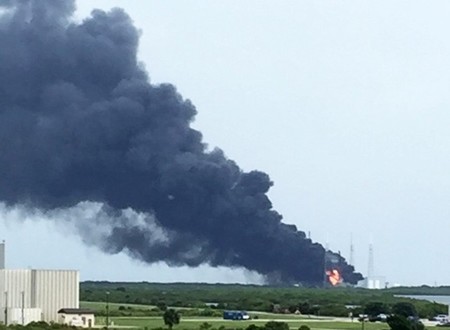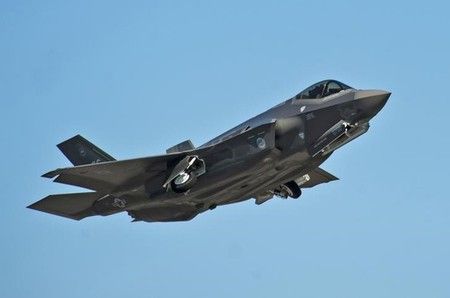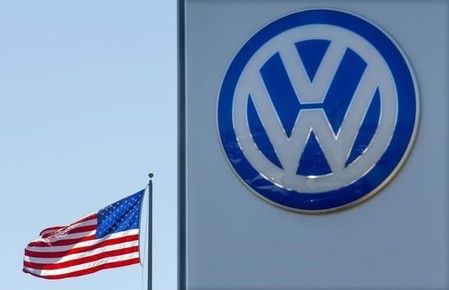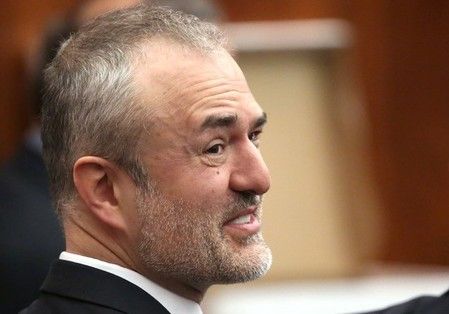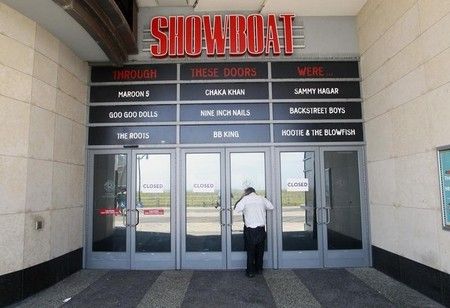Advertisement
SpaceX to shift Florida launches to new pad after explosion
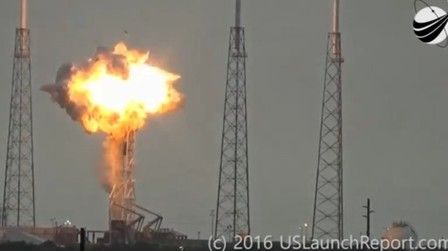
By Irene Klotz
CAPE CANAVERAL, Fla. (Reuters) – SpaceX said on Friday it would shift Florida flights to a nearly completed second site after damage to its launch pad on Thursday from the explosion of a rocket belonging to the space services company run by Elon Musk.
The Federal Aviation Administration has sent seven people to Florida to supervise investigation of the disaster, said FAA spokesman Hank Price. The agency, which oversees U.S. commercial rocket launches, requires that SpaceX’s flights be suspended pending results of the probe.
Any sign of rocket malfunction could require changes throughout the SpaceX fleet. After a SpaceX rocket exploded in June 2015, the program was paused for six months while defective brackets were replaced in Falcon 9 launch vehicles.
Damage to SpaceX’s Launch Complex 40 at Cape Canaveral Air Force Station is still being assessed.
“The pad clearly incurred damage, but the scope has yet to be fully determined,” SpaceX said in a statement late Friday.
Pictures of the launch site after the explosion showed the top portion of a launch pad tower, which is used to raise the rocket and support it vertically, had canted over.
The U.S. Air Force said in a statement that damage appeared to be contained within SpaceX’s launch complex.
The cause of the accident, which destroyed a $200 million communications satellite, is under investigation. Meanwhile, more than 70 missions aboard Falcon rockets, worth more than $10 billion, are on hold.
With its launch pad likely facing major repairs, SpaceX said it would use a second Florida site, called 39A, which is located a few miles north at NASA’s Kennedy Space Center and was used for space shuttle missions.
The pad is on schedule to be operational in November, SpaceX said. The company had planned to use the pad for the first time later this year for a test flight of its new Falcon Heavy rocket.
NASA spokesman Michael Curie said in an email that the site could be used for commercial and government flights, and SpaceX President Gwynne Shotwell in a May conference said one customer, SES SA of Luxembourg, had expressed interest in flying from the historic launch pad.
Other customers slated for Falcon 9 launches from Florida in 2016 are EchoStar Corp of Englewood, Colorado, South Korea’s KT Sat and NASA. In addition, SpaceX has contracts to fly satellites for Iridium Communications Inc, Taiwan’s National Space Organization and Seattle-based Spaceflight from its West Coast launch site at Vandenberg Air Force Base in California.
“Our number one priority is to safely and reliably return to flight for our customers,” SpaceX said.
The last time a launch pad sustained heavy damage was in October 2014 when an Orbital Antares rocket exploded seconds after liftoff from Wallops Island, Virginia. The explosion sent debris falling back onto the launch site. The pad is due to return to service this month after $15 million worth of repairs.
The FAA had required that SpaceX buy $12 million in liability insurance and $13 million policy to cover any damage to government property during pre-launch activities, according to a Commercial Space Transportation License the FAA issued to SpaceX in January 2016 for six commercial satellite launches in Florida.
SpaceX did not respond to questions about what additional insurance it has, if any, to cover damage to its own equipment.
United Launch Alliance, a partnership of Lockheed-Martin Corp and Boeing Co that flies its Atlas rockets at a pad next to SpaceX’s, said on Friday it had inspected its facility and found no damage or concerns.
SpaceX’s next launch had been scheduled for mid-September from California. Its next flight from Florida was targeted for October.
That California flight could go ahead as soon as the rocket is deemed ready, but the pad cannot substitute for the one in Florida. SpaceX uses Vandenberg to launch satellites requiring polar orbits, while Florida is better situated for satellites heading into equatorial orbits and for cargo ships flying to the International Space Station for NASA.
SpaceX was founded by Musk in 2002, and the Hawthorne, California-based company began launching its Falcon 9 rockets in June 2010. Since then, it has racked up 27 successful flights and one launch accident in June 2015 that destroyed a load of cargo headed for the space station.
(Reporting by Irene Klotz; Editing by Meredith Mazzilli and Andrew Hay)


